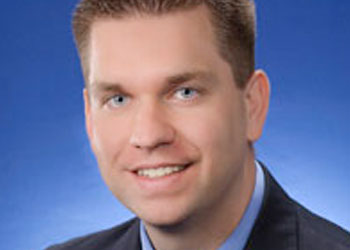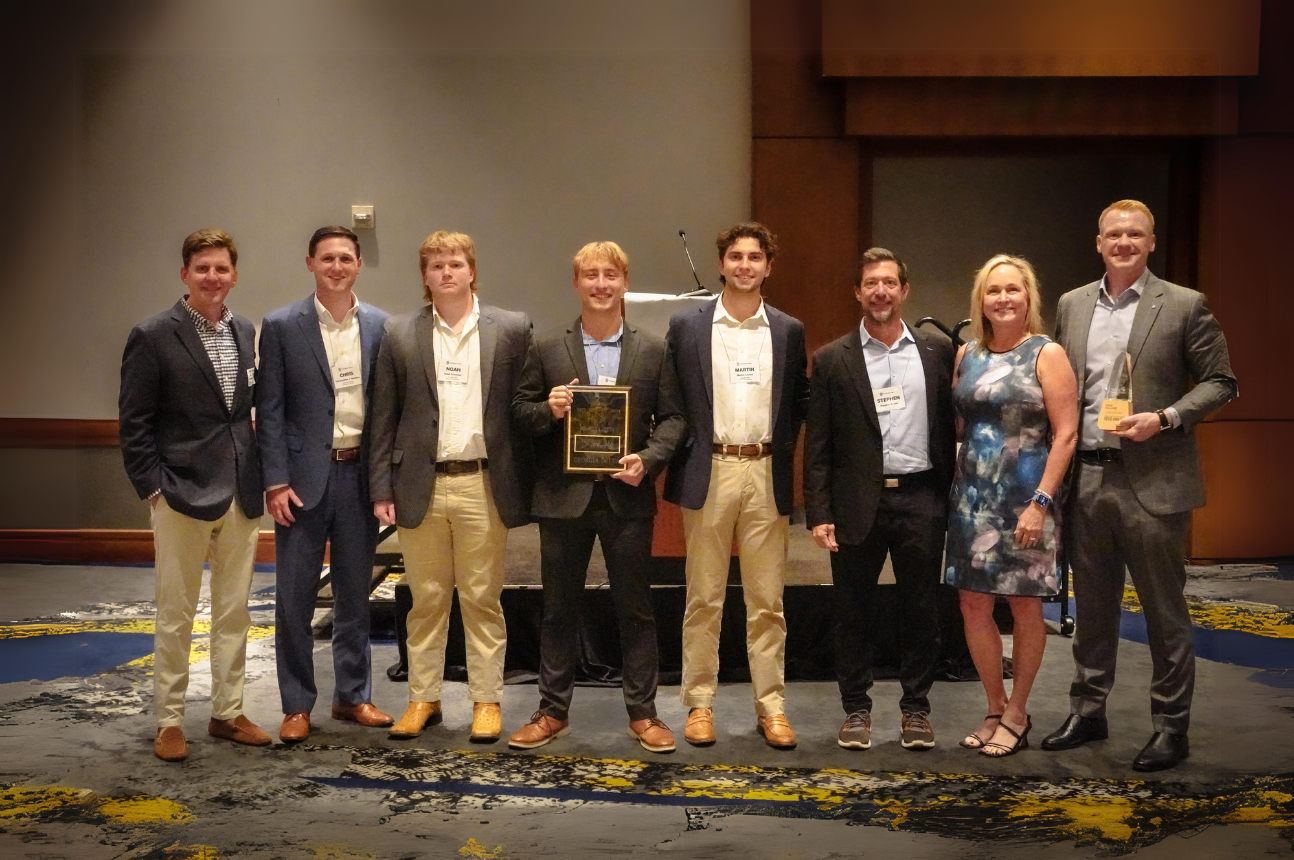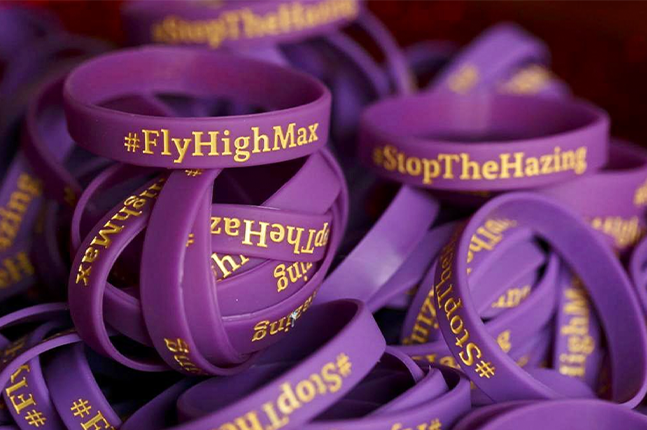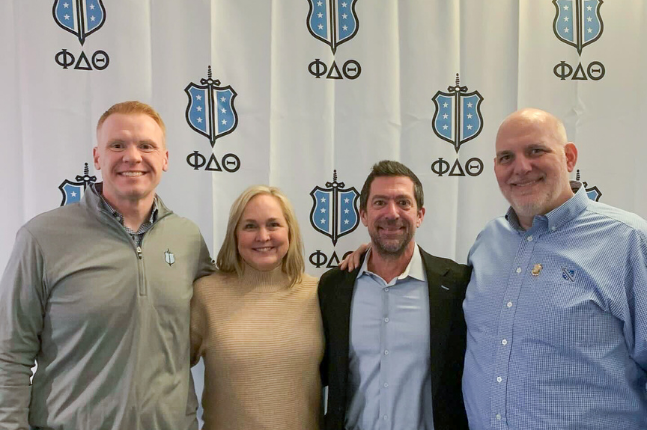The other day I was flying back home and while sitting on the plane, I noticed the “no smoking” signs all over the cabin. This wasn’t a new observation, but I stopped to think about what it was like when smoking was allowed on airplanes. Imagine the guy next to you, sharing your armrest, smoking a half a pack between takeoff and landing. And you couldn’t escape. You just had to deal with it. That’s the way smoking was all over our country not that long ago. Restaurants, grocery stores, taxi cabs, and hotels were filled with smoke.
And now? Light up within 100 yards of a nonsmoker and you’re treated like you have the plague. The only safe place for smokers to go is out behind a building, standing right next to the dumpster. It is safe to say that our society has grown intolerant of smoking, and those who choose to do it are considered outliers. Smoking still takes place, and consumption levels are still high. There is just a different attitude toward the practice.
I believe this change over the last decade or so has been accelerated by an extraordinary anti-smoking campaign, called “The Truth”. You have probably seen their commercials, the most famous of which shows a group of activists carrying megaphones lining hundreds of body bags on the street below the offices of tobacco executives. This campaign has been effective in reducing smoking – especially in young people – because instead of focusing only on the health reasons, it turns nonsmokers into rebellious youth sticking it to the “man” (tobacco companies). Rebellion has always been a well-received message amongst teens!
The campaign is also effective because it involves young people talking to other young people. This is another good strategy for youth education.
So what does this have to do with hazing? From my observation, the vast majority of anti-hazing messages that are delivered to college students come from much older adults. It smacks of a parent telling their child to “stop doing that” because “I know better than you.” While we’ve made strides against hazing, there certainly hasn’t been the same momentum like we’ve seen against smoking.
Let me offer a vision. What if fraternities and sororities undergraduate members became the chief activists against hazing and brought this message to their brothers and sisters, as well as their peers in sports, the marching band, or other clubs on campus? What if fraternity and sorority members started leading this movement? How about it starts with Phi Delta Theta?
Let’s take it one step further. Where I live in Indiana, there have been some high-profile hazing incidents in the high schools. What if fraternity and sorority members were invited into high schools to educate students about the dangers of hazing?
The messaging could be similar to that of “The Truth” campaign – hazing offers power-hungry meatheads the chance to bully others, and we’re not going to take it anymore!
Imagine if the one place on a college campus where a person could know for sure that they would be safe from hazing was your fraternity. Or any fraternity.
Perhaps this vision is not yet within reach. What is within reach is your personal influence within your own chapter. It’s not enough to be quietly against hazing and just hope that it will go away. I tried that approach, and it didn’t work. If you want to see hazing eliminated, you need to grab your megaphone and work against it. Find like-minded members and start a rally within your own organization. Put the “no hazing” signs right next to the “no smoking” ones.
Hazers are like tobacco executives – getting compensated for promoting an unsafe practice. Treat them as such. Turn the chapter against them. The ones who matter will allow themselves to change.
It’s great to be against hazing. It’s better to make sure it has no place in your fraternity. Working to eradicate it from our society is even better than that. Let’s stop reacting to this issue and start leading.
Oh yeah, and you shouldn’t smoke either.
John Shertzer is a Theta Chi and a graduate of Miami University in Oxford, Ohio. He has worked professionally in higher education as a staff member for Iowa State University, the University of Maryland, and the North American Interfraternity Conference. While at the NIC, John directed their signature programs UIFI, IMPACT, and FuturesQuest. He is now serving Kiwanis International as their Senior Director of Programs. In this position, he oversees all of the Kiwanis service leadership programs for youth and adults. This includes Key Club International and Circle K International. John serves on the board of the Center for the Study of the College Fraternity, and a few local nonprofits. John is also the creator and writer for the blog Fraternal Thoughts. He lives in Indianapolis with his wife Ellen and their sons Jack and Luke.





